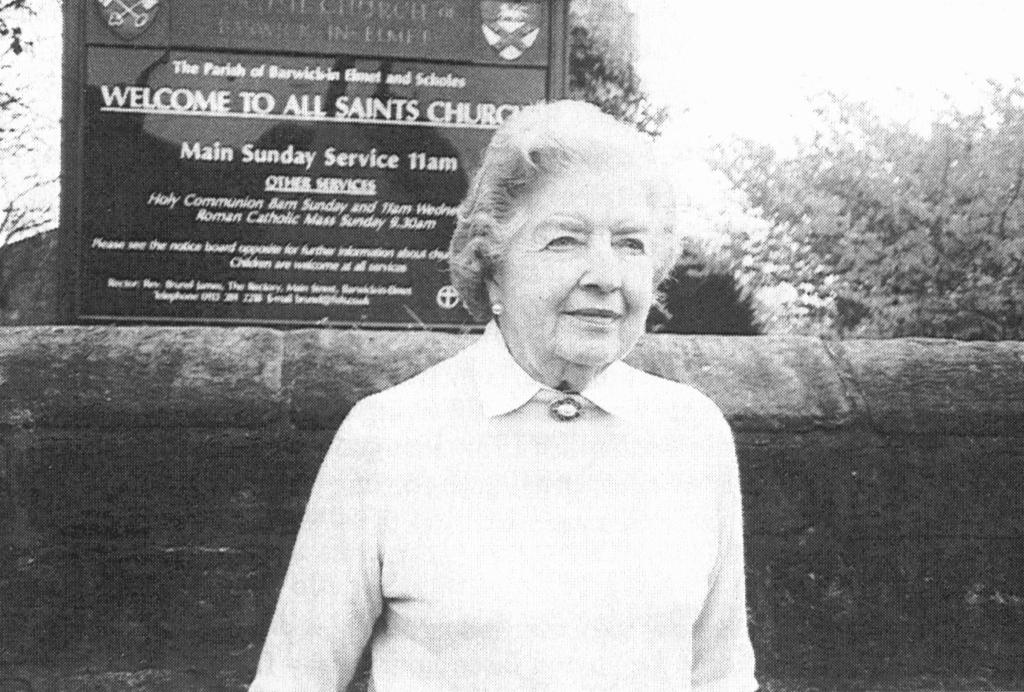
Connie at the Church Gate (photo Martin Tarpey)

